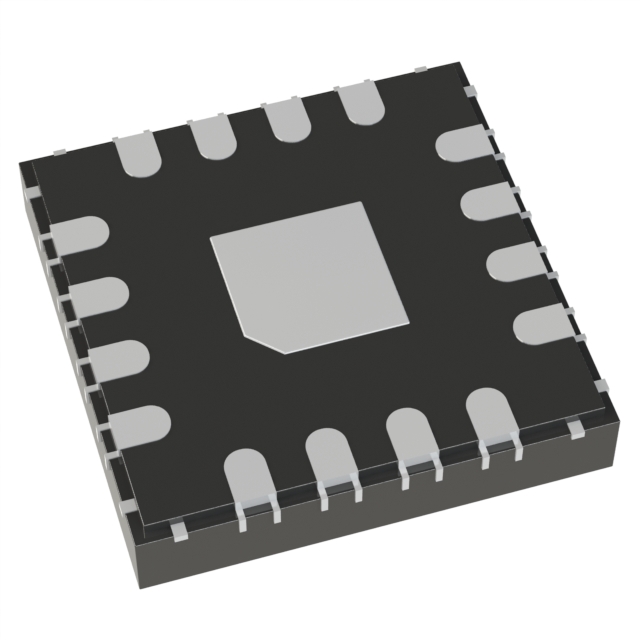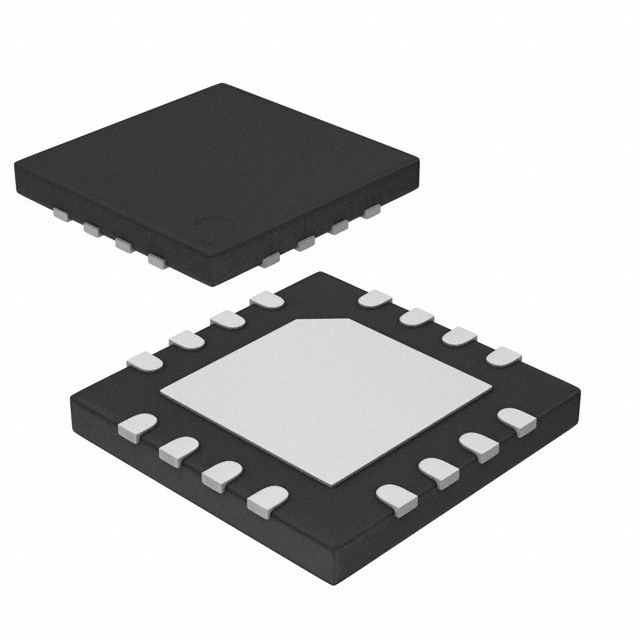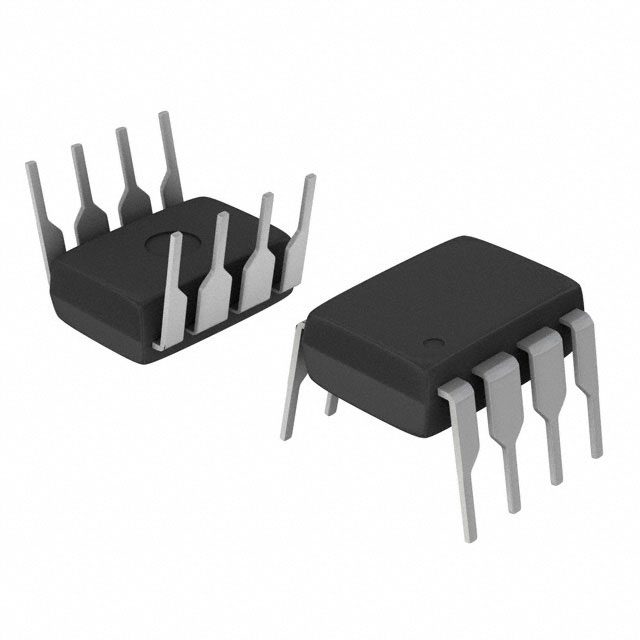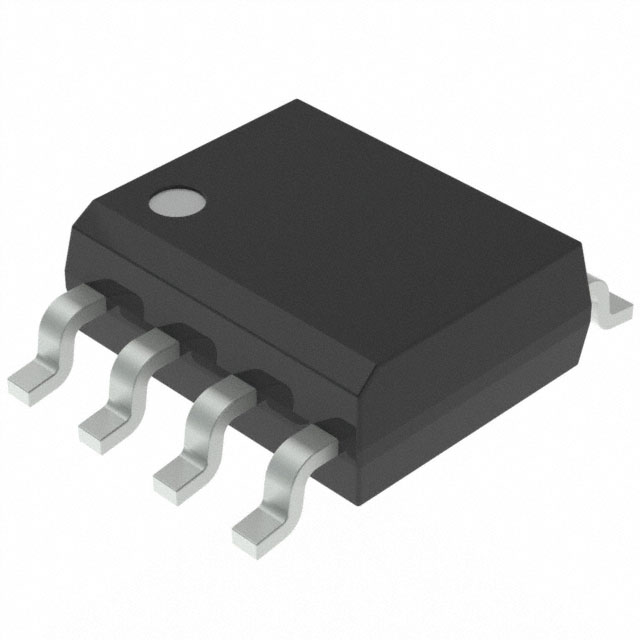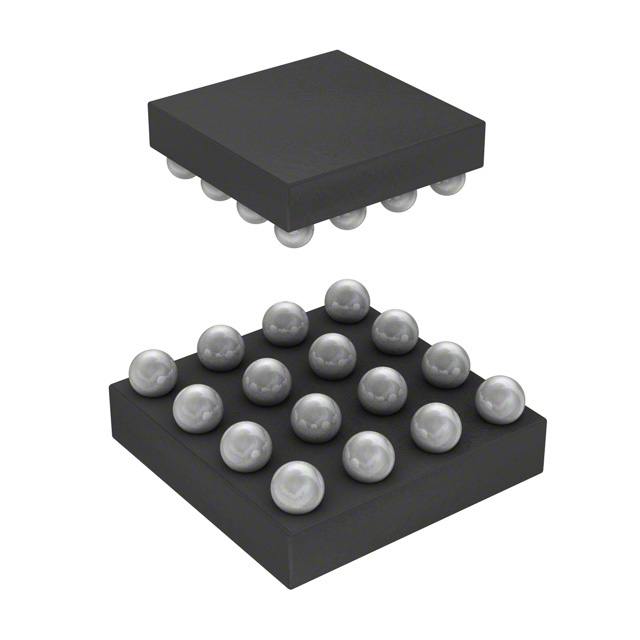Categories
- Current Regulation/Management(52)
- 1
- 2
- 3
Description of Current Regulation/Management
Current regulation and management ICs are semiconductor devices designed to monitor and control the flow of current within a circuit. Their functions include current gauging, limiting, mirroring, monitoring, regulation, ripple suppression, sensing, sourcing, switching, and acting as an electronic fuse. These ICs offer adjustable current outputs, ranging from 100µA to 50A.
Just like how we sometimes need to regulate voltage in our designs, there are situations where we also need to regulate the current being supplied to a specific part of a circuit. While voltage regulation often focuses on changing from one voltage level to another, current regulation is more about maintaining a steady current supply, regardless of changes in load resistance or input voltage. Circuits, whether integrated or not, that ensure a constant current supply are known as Constant Current Regulators, and they are commonly used in power electronics.
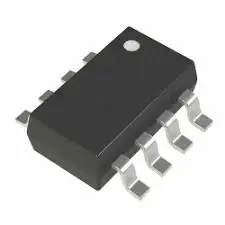
Working Principle of Current Regulator
A current regulator works similarly to a voltage regulator, but with the key difference being the parameter it controls and what it adjusts to produce its output. In voltage regulators, current is adjusted to maintain the desired voltage, while in current regulators, changes in voltage or resistance are made to maintain the desired current output. Because of this, it’s generally challenging to regulate both voltage and current at the same time in a circuit.
Advantages and Disadvantages of using LDO as a Current Regulator
Here are a few advantages of choosing a linear voltage regulator approach for current regulation.
Regulator ICs come with built-in over-temperature protection, which is useful when connecting loads that demand excessive current. They also tolerate higher input voltages and support significant power dissipation. The approach of using regulator ICs typically requires fewer components—often just a few resistors—unless higher currents are involved, in which case power transistors are added. This means the same IC can be used for both voltage and current regulation. The reduction in component count can help lower implementation costs and save design time.
Disadvantages of Current Regulation/Management
However, one drawback of this approach is that quiescent current flows from the regulator to the load, in addition to the regulated output voltage, which introduces an error. This may not be acceptable for certain applications, although choosing a regulator with very low quiescent current can minimize this issue.
Another downside is the limited design flexibility with regulator ICs.
In addition to using voltage regulator ICs, current regulators can also be created using standard components like transistors, op-amps, and Zener diodes along with the necessary resistors. A Zener diode is often included for its voltage regulation capabilities. Designing current regulators with these parts offers more flexibility and can be easily integrated into existing circuits.







